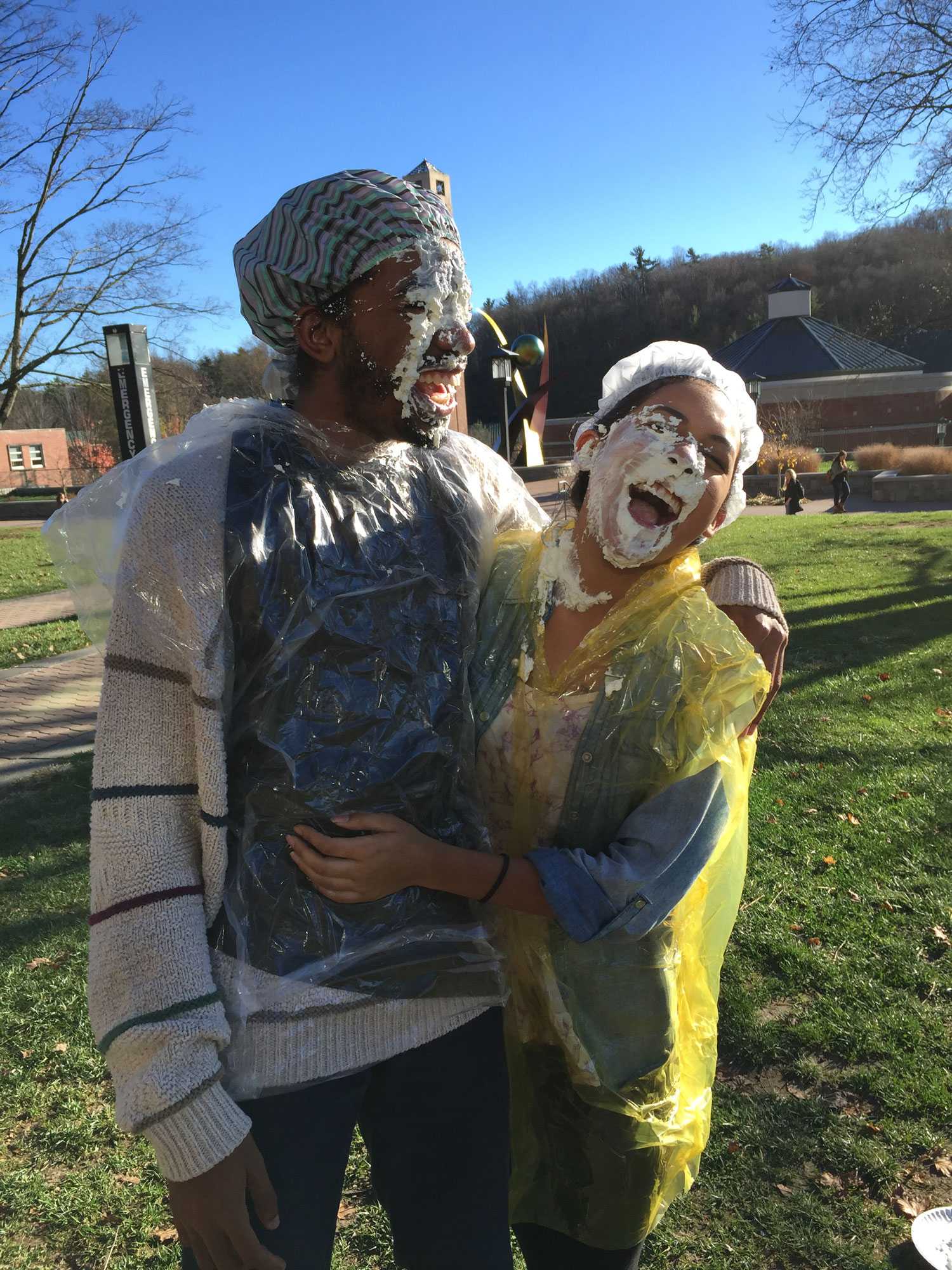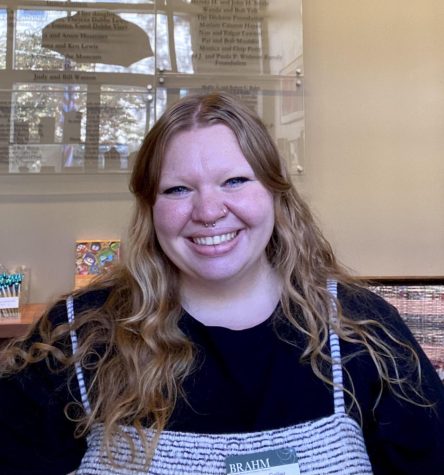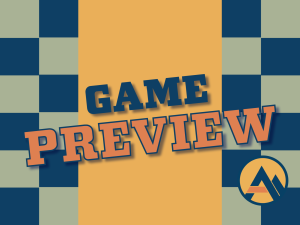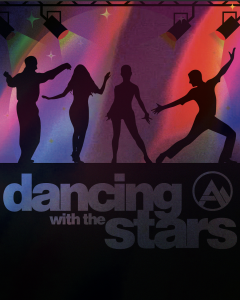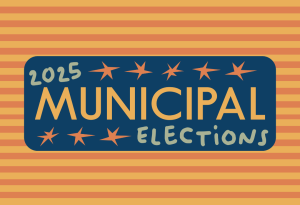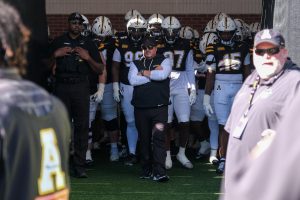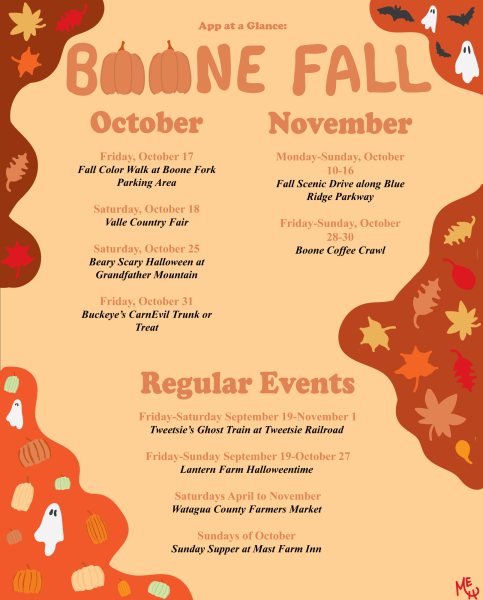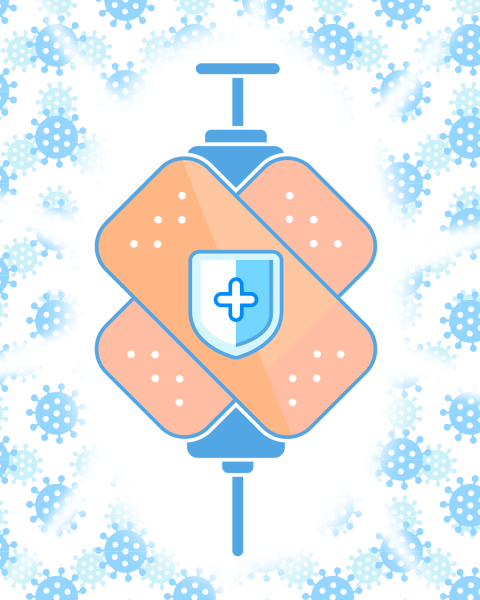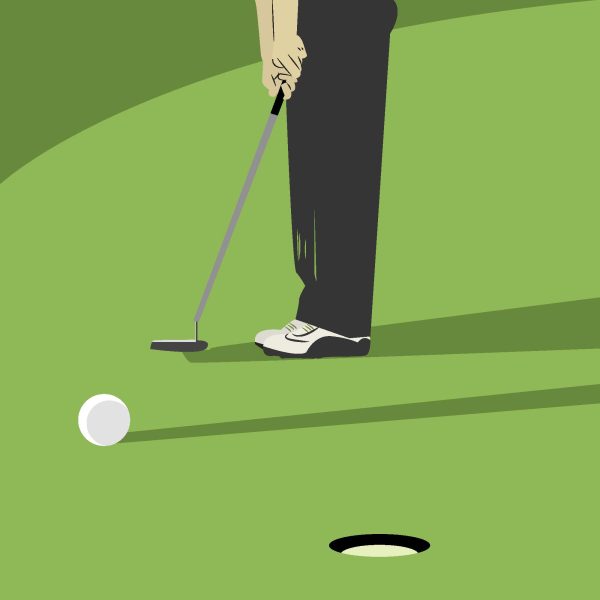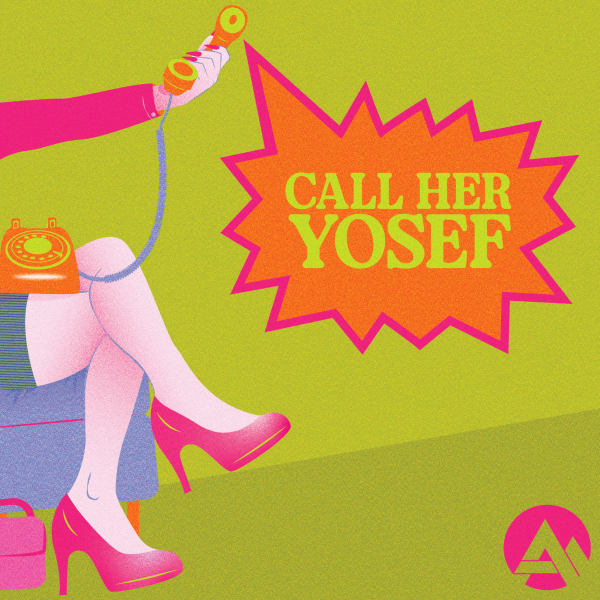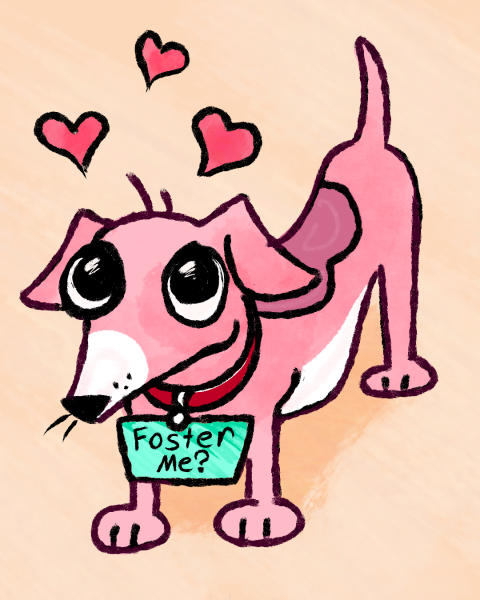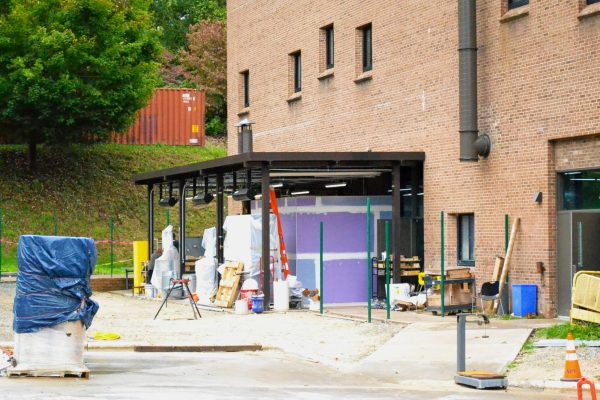American Sign Language classes gain popularity on campus
January 22, 2020
Growing up, Jimmy Autrey heard no voices at home. With both parents part of the deaf community, his family used sign language to communicate.
Autrey was 8 years old when he began losing his hearing. Shortly after, Autrey attended the North Carolina School for the Deaf, where he was able to “grow and learn” in his education, Autrey said. Autrey has remained a part of the Western North Carolina deaf community for over 20 years, where he continues to work as a job coach at NCSD.
Language and knowledge about the deaf community has grown after a North Carolina law made American Sign Language a foreign language in academia.
The 2007 law is part of House Bill 915, establishing ASL as a foreign language that can complete requirements alongside languages like Spanish and French, according to the National Association of the Deaf.
“A lot more hearing people are becoming knowledgeable and taking ASL classes, which is a positive for the deaf community,” Autrey said. “We live in a hearing world, so it’s nice to socialize and have people understand the deaf community more, including their background and history.”
Jordan Dean is part of the growing community of hearing people who are interested in learning ASL as president of the American Sign Language Club on campus.
A senior communication science and disorders major, Dean became interested in ASL after taking classes in high school.
“I had become pretty fluent in ASL in high school, so when I came to App, I knew that was something that I was really interested in doing,” Dean said.
The ASL club organizes fundraisers, events and activities related to ASL, including Signing for Speech, an event where the club performs a song using ASL.
“ASL is one of those languages where if you don’t use it, you lose it,” Dean said. “I always love using this skill that I have worked so hard to learn. This club really cultivates that excitement for the language.”
The Department of Communication Sciences and Disorders offers four levels of ASL classes. Adjunct instructor Alicia Toomey is the adviser for the ASL Club and teaches some of the courses.
“This language is really good for visual learners,” Toomey said. “For them to be able to master a second language in a different way than just reading and writing really enhances communication skills in general. You’re forced to maintain a level of eye contact and visual pictures, so a lot of people really get it, and it really works for them.”
ASL has become increasingly popular on campus, and the classes always have waitlists, Toomey said.
“People are taking it in high school, and they come here and either want to continue on or use that credit,” Toomey said. “(The classes are) really hands-on with a lot of interactive activities, so there isn’t a lot of sitting with lecture, which seems to appeal to students.”
In addition to classes, App State is looking to offer an ASL minor in the future, Toomey said.
“The people want it, so we’ll do more. The administration has been very open and receptive to that growth,” Toomey said.
Though interest in ASL is growing, Boone lacks a large number of people in the deaf community, Dean said. For her, that is another reason the classes and clubs are so important: practice.
Being immersed in the deaf community is important in learning ASL, Autrey said.
“A person learning American Sign Language really needs to get involved in the deaf community to pick up signs,” Autrey said. “In the beginning, when they are getting started, it’s good to meet up with deaf people and the community. It’s important to be able to communicate it receptively.”
Autrey said the growth in popularity of ASL helps others understand the deaf community, but often, being part of the deaf community is hard.
“We may not be able to hear, but we can get jobs, we can get married, we can have families, get a house (and) drive. A lot of people are unaware that we can do anything that hearing people can do.”

